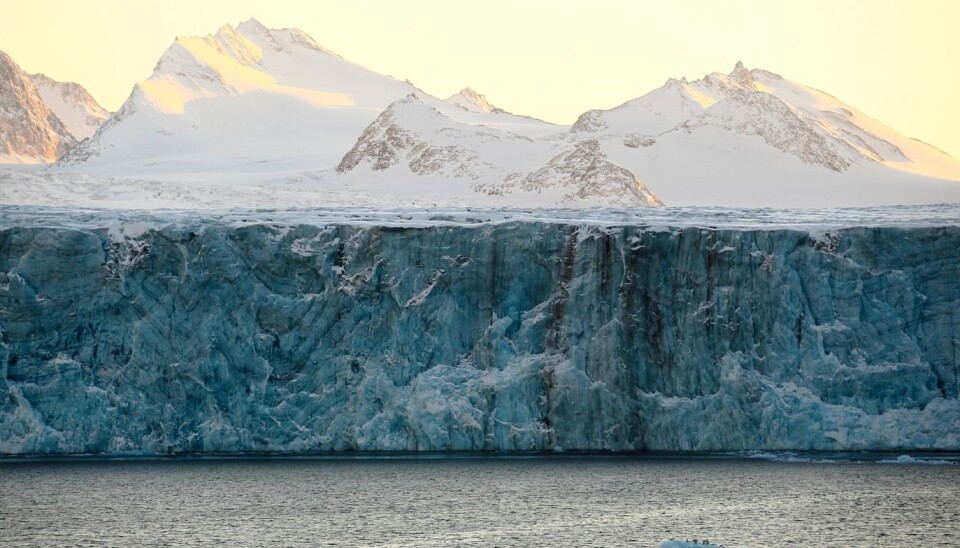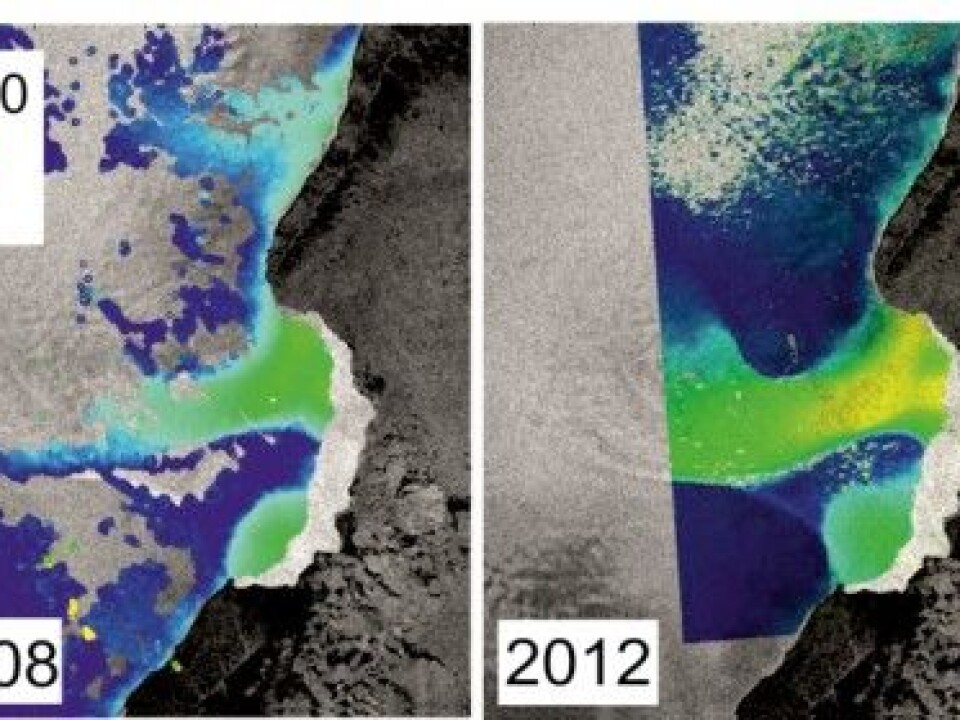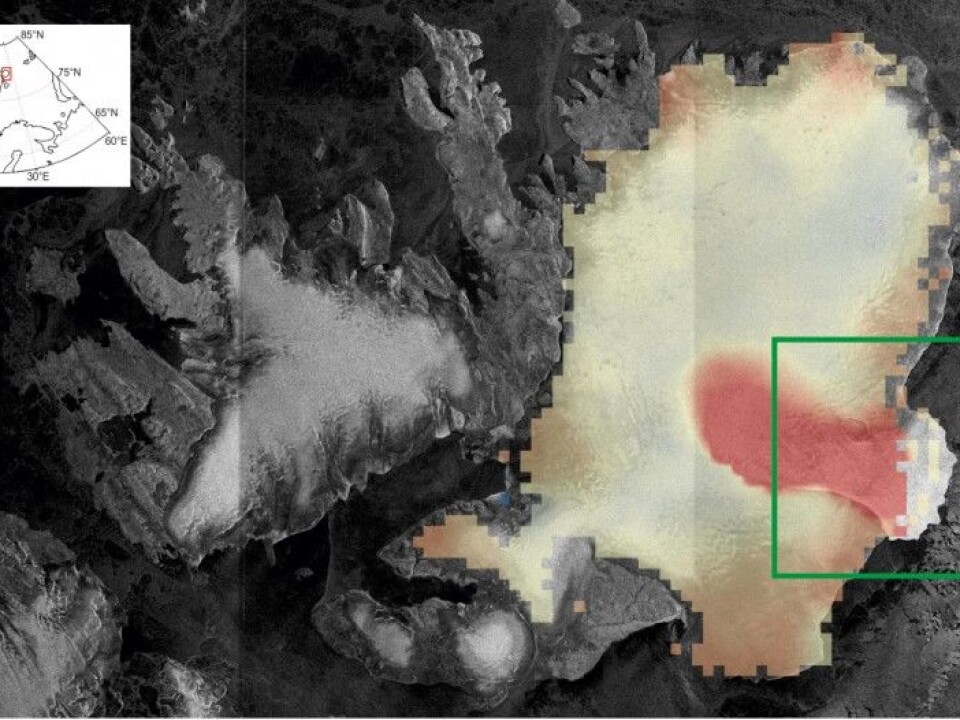
Europe’s largest glacier is losing ice fast
Austfonna is surging forward, and loses enormous quantities of ice into the ocean.
Austfonna is Europe’s largest glacier and is located in the Svalbard archipelago in Norway. It is sizeable enough to be deemed an ice cap. It is now moving very fast as far as glaciers go.
The velocity of its glacial tongue as it moves toward the ocean has increased enormously the last few years.
In 1995 the ice was paced at about 150 metres a year. In 2014 glaciologists found it to have a top speed of 3,800 metres a year, which is 25 times faster than around 20 years ago. The ice is surging forward and huge quantities of it are calving into the ocean.
Scientists have used data from the ice surveillance satellites Sentinel-1A and Cryosat to see that the area at the base of the glacier has become 25 metres thinner per year since 2012.

This motion destabilizes an area stretching 50 km inland from the terminus. The sector is marked red on the map and shows that the ice has become much shallower as it slides into the sea.
Glacial surge
Dynamic action of this dimension is known as a glacial surge.
“This is a periodic phenomenon and very typical of Svalbard’s glaciers. You don’t see the same occurring with any of the glaciers on mainland Norway,” says Jon Ove Methlie Hagen, professor at the University of Oslo’s Department of Geosciences. He is currently working on a research article about the surge phenomenon at Austfonna.
A normal glacier moves fairly steadily a little forward every year. Large chunks of ice break off at the terminus and melt.

“It’s not like that with the glaciers of Austfonna. These start by moving very slowly, just a few metres a year. Tension builds up in the glacier. Suddenly the ice slips and it races downhill at impressive speeds. The drainage basin at Austfonna moved slowly with a slow increase between 2008 and 2012, and then the ice masses cut loose,” explains Hagen.
Austfonna normally loses about 2.5 million tonnes of ice a year by calving.
“During this surge the ice loss tripled and the glacier is losing 7-8 million tonnes a year.”
This means that the ice calving into the ocean outpaces new ice added by snowfalls, at least during such surges.
“In the course of the next two or three years the glacier will re-stabilize and start the process of accumulating again. This can take a long time – maybe up to 150 years.”
Hagen says this part of Austfonna probably surged in a similar way in the mid-1800s.
Climate changes?
“Glacial surges are a natural, cyclical phenomenon and have nothing to do with climate changes,” says Hagen.
The scientists behind the new study wonder whether warmer seawater at the terminus can contribute to the melting of the glacier. But Hagen thinks this is speculative as no solid evidence indicates this to be the case.
It has been estimated that a third of the sea-level rise the past years has come from glaciers such as Austfonna, in other words ones that are neither on Greenland nor Antarctica, where most of Earth’s ice is located.
“This is a reason why it’s important to follow these smaller glaciers. The contributions to sea-level rises from these have been as great or even greater than from the ice on Greenland and Antarctica, at least the past decade or two.”
“Another salient reason for studying these phenomena is that they can teach us things about the processes that power glacial surges on Greenland and Antarctica as well, where there is so much more ice,” says Hagen.
Translated by: Glenn Ostling






























